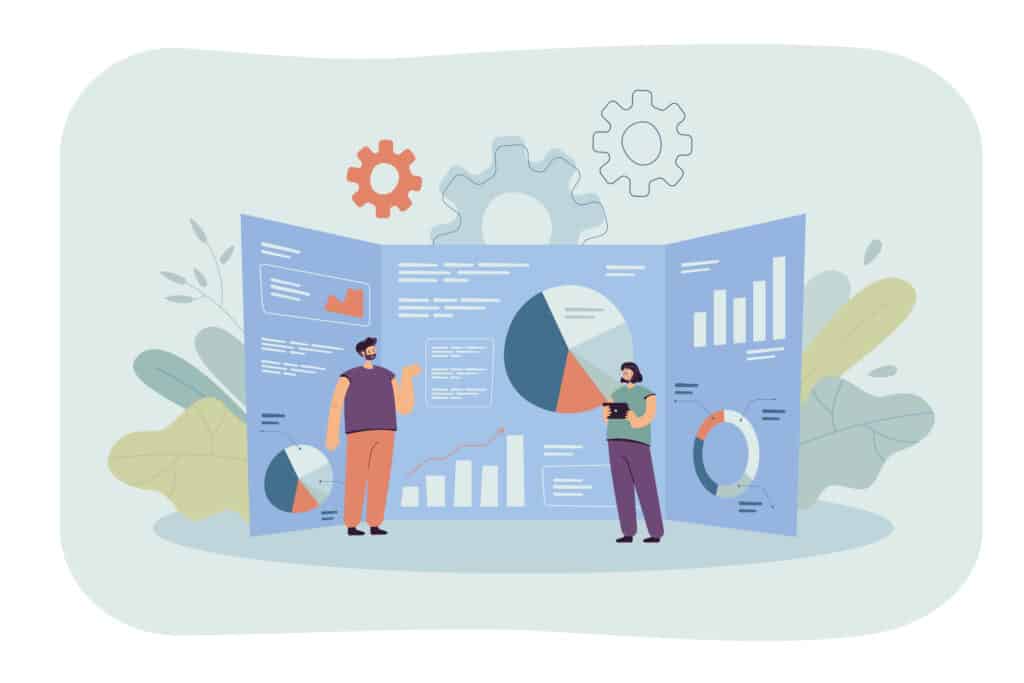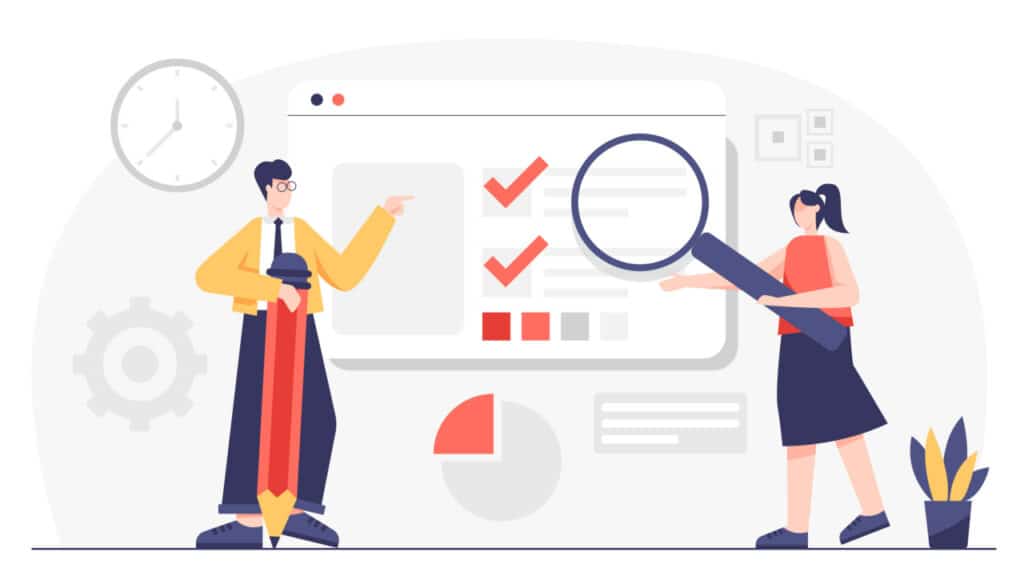Navigating the turbulent waters of the SEO industry is no walk in the park—especially when it comes to your agency’s bottom line. While you’re on a mission to drive traffic, boost rankings, and deliver impressive results for your clients, there’s another critical challenge lurking beneath the surface: keeping your profit margins afloat.
Table of Contents
In an ever-evolving digital landscape marked by fierce competition, algorithm changes, and clients with sky-high expectations, you’re faced with the daunting task of maintaining profitability without sacrificing performance.
So, how do you strike the perfect balance and sail your agency towards financial success without capsizing along the way? Fortunately, we have the compass and map you need to chart a course to higher profit margins and sustainable growth.
To help you navigate the complexities of the industry, we’ve put together a comprehensive guide that explores the pros and cons of different pricing models, along with scenarios of when each model may or may not work. Let’s dive in!
Cost-Based Pricing: A Traditional Approach
Cost-based pricing is a conventional pricing model where you determine the price of your services by calculating the total costs of delivering those services and adding a desired profit margin. This model is relatively simple to calculate, but it’s not without its limitations.
Pros:
- Straightforward calculation based on known costs.
- Clear understanding of profit margins.
Cons:
- May lead to adversarial client relationships if clients question costs.
- Limited flexibility to accommodate unique client needs or value delivered.
Scenario: Let’s say your agency offers a standard SEO package that includes keyword research, on-page optimization, and backlink building. You calculate the total cost of delivering this package (including staff time, tools, and overhead) to be $2,000. You decide to add a 20% profit margin, resulting in a final price of $2,400 for the package.
When It Works: Cost-based pricing works well when you have a clear understanding of your costs and when clients are primarily concerned about the cost of services.
When It Might Not: This model may fall short when clients are focused on the value and impact of your services. It can also limit your agency’s ability to capitalize on delivering exceptional results that exceed expectations.

Switch Value-Based Pricing: Aligning with Client Goals
Traditional cost-based pricing often leads to negotiations and questioning of your expertise. Enter value-based pricing, a model where you charge based on the value you deliver.
Value-based pricing shifts the focus from costs to the value you deliver to your clients. With this model, you set prices based on the quantifiable value or impact that your SEO services provide, such as increased traffic, improved conversion rates, or higher revenue.
Pros:
- Aligns your agency’s interests with client goals.
- Incentivizes delivering the best possible results.
- Allows for higher pricing based on the value delivered.
Cons:
- Requires accurate quantification of value.
- May be challenging to negotiate with clients who are unfamiliar with the model.
Scenario: Your agency helps a client improve their organic search rankings, resulting in an additional $50,000 in revenue per month. Based on this value, you decide to charge the client $10,000 per month for your services, representing 20% of the additional revenue generated.
When It Works: Value-based pricing works well when you can clearly quantify the value you provide and when clients are focused on achieving specific goals and outcomes.
When It Might Not: This model may be challenging if the value delivered is difficult to measure or if clients are resistant to paying based on perceived value rather than costs.
Create a Long-Term Capacity Plan
Growth brings challenges. Avoid outsourcing work and overburdening your team by creating a capacity plan. Estimate billable hours, calculate capacity utilization, and make informed hiring decisions.
Example: Your agency’s current capacity is 100 billable hours per week, but you’re consistently billing for 130 hours. A capacity plan may indicate the need to hire additional team members or optimize processes to meet the growing demand.
focus on Predictable Revenue Channels: Stabilizing Finances
In addition to selecting the right pricing model, SEO agencies can benefit from focusing on predictable revenue channels. Subscription-based services, retainer agreements, and recurring billing are examples of predictable revenue channels that provide stability and foster long-term client relationships.
Pros:
- Stabilizes agency revenue and cash flow.
- Fosters long-term client relationships.
- Allows for better resource planning and allocation.
Cons:
- May limit flexibility for one-time or unique projects.
- Requires ongoing value delivery to retain clients.
Scenario: Your agency offers a monthly SEO maintenance plan that includes ongoing keyword research, technical SEO audits, and content optimization. Clients subscribe to this plan for a fixed monthly fee, providing your agency with a stable and predictable source of revenue.
When It Works: Predictable revenue channels work well when your agency offers ongoing services that clients need on a regular basis. They’re also effective for building long-term relationships and reducing the “feast or famine” cycle.
When It Might Not: If your agency specializes in one-time projects or if clients have varying needs each month, predictable revenue channels may be less effective.
Optimizing Client Acquisition and Retention
Attracting and retaining clients is key to profitability. Build strong relationships, retain existing clients, and reduce acquisition costs to improve your bottom line.
Best Practices:
- Communicate clearly: Maintain transparency and set clear expectations with clients from the start.
- Deliver results: Consistently deliver on your promises and provide tangible results that align with client goals.
- Seek feedback: Regularly seek feedback from clients to identify areas of improvement and enhance satisfaction.
- Offer incentives: Provide incentives for client referrals, contract renewals, or long-term commitments.
Example: Implement a client referral program that offers discounts or additional services to clients who refer new business to your agency. This can lower acquisition costs and strengthen relationships with existing clients.
Summary and Takeaways
- Adopt value-based pricing to align with client goals and charge based on the value delivered.
- Create a capacity plan to manage growth effectively and optimize resource allocation.
- Focus on predictable revenue channels for financial stability and long-term relationships.
- Optimize client acquisition and retention to reduce costs and improve profitability.
Implement these strategies and set your SEO agency on the path to long-term success. Your journey to higher profit margins starts today. With the right approach, you can transform your agency into a powerhouse of profitability, delivering exceptional value to clients while securing a bright financial future.





